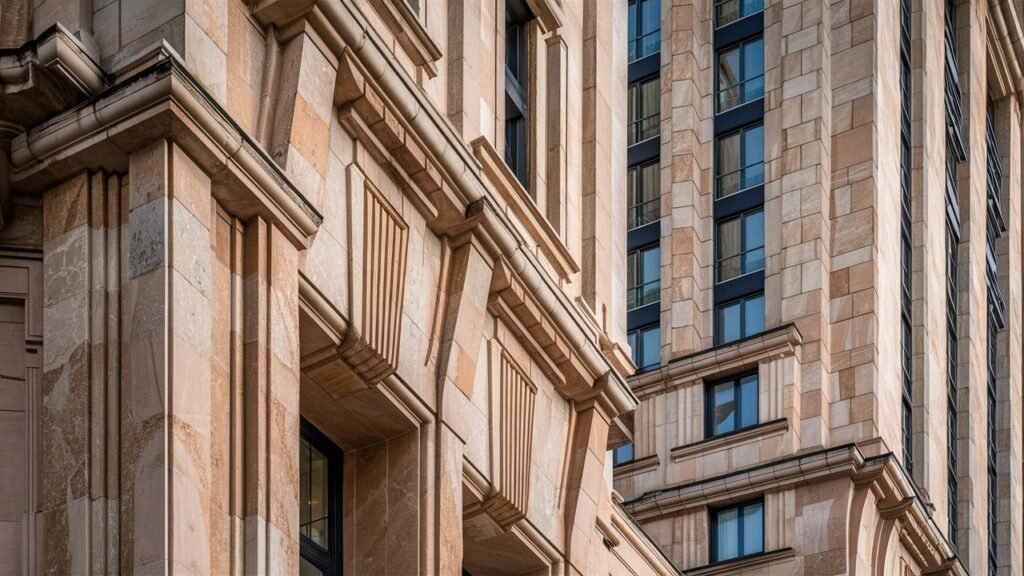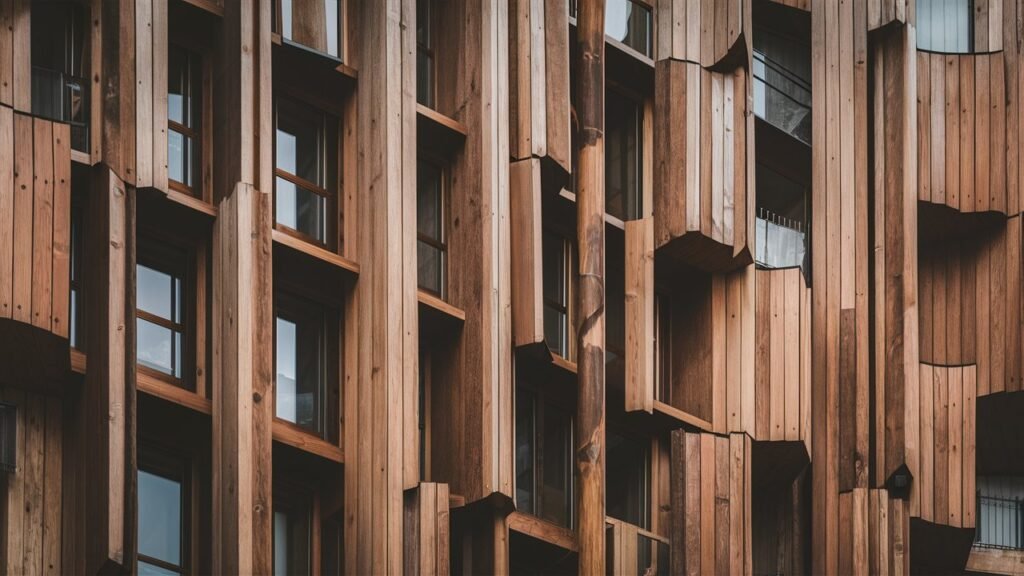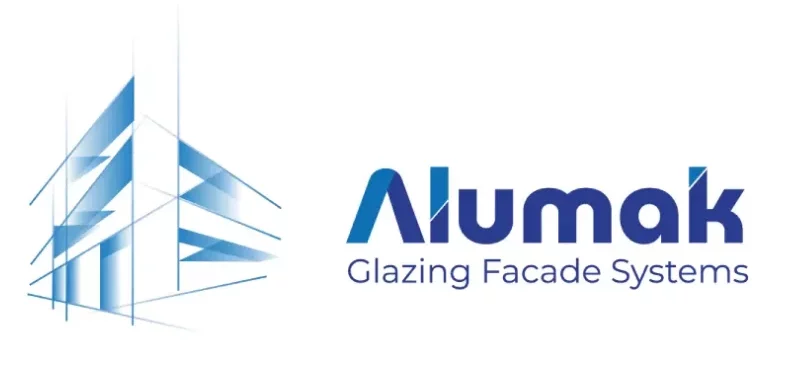10 Types of Cladding for Modern Architecture
Ever wondered, “What is cladding?” You’re in the right place. In the world of modern architecture, cladding plays a crucial role in aesthetics, insulation, and protection. Whether you’re looking to upgrade your building’s exterior or start a new project, understanding cladding is essential.

Introduction
Cladding stands as a cornerstone in the realm of modern architecture, exerting a profound influence on the visual allure, structural integrity, and energy efficiency of buildings. Its multifaceted role encompasses not only enhancing aesthetics but also providing vital protection against the elements while optimizing energy usage. In this comprehensive blog post, we embark on a journey into the dynamic world of cladding, delving deep into 10 distinct types that reign supreme in contemporary construction practices. From timeless classics to innovative solutions, we unravel the diverse array of cladding options, equipping you with insights to elevate your architectural endeavors to new heights. Join us as we unravel the myriad facets of cladding and unlock the potential to redefine your architectural visions with precision and panache.
Cladding stands as a cornerstone in the realm of modern architecture, exerting a profound influence on the visual allure, structural integrity, and energy efficiency of buildings. Its multifaceted role encompasses not only enhancing aesthetics but also providing vital protection against the elements while optimizing energy usage.
Stone Cladding

Overview
Stone cladding stands as a hallmark of architectural refinement, offering an unparalleled blend of elegance and opulence that effortlessly elevates the ambiance of any space. Whether crafted from natural or engineered stone panels, this exquisite cladding solution epitomizes sophistication and luxury, making it a sought-after choice for high-end projects seeking to make a statement.
Benefits
-
Luxurious look
-
Excellent durability
-
Weather-resistant
Drawbacks
-
Heavy and may require additional structural support
-
Costlier than other options
Metal Cladding

Overview
Metal cladding, characterized by its sleek and contemporary aesthetic, offers not only exceptional durability and performance but also versatility in design. Embracing materials such as aluminum, steel, and zinc, metal cladding lends a distinctly modern and industrial vibe to architectural projects, making it a popular choice for those seeking to make a bold statement. Its clean lines and sharp edges contribute to a visually striking facade, while its ability to seamlessly integrate with various architectural styles adds to its appeal. Whether used as accents or covering entire structures, metal cladding brings a sense of sophistication and urban flair to any building design.
Benefits
Lightweight and easy to install
Resistant to corrosion and fire
Minimal maintenance required
Drawbacks
Limited color options
Susceptible to dents and scratches
Vinyl Cladding

Overview
Vinyl cladding, crafted from PVC panels renowned for their lightweight, durability, and easy maintenance, presents a cost-effective solution for architectural projects. With a diverse array of colors and styles available, vinyl cladding offers versatility in design, catering to various aesthetic preferences. Its straightforward installation process further enhances its appeal, making it an attractive option for both residential and commercial buildings.
Benefits
Affordable
Low maintenance
Wide range of colors and styles
Drawbacks
Not as environmentally friendly
Prone to fading and cracking over time
Brick Cladding

Overview
Brick cladding involves covering the exterior of a building with thin bricks or brick veneers, providing a traditional yet timeless aesthetic
Benefits
- Durable and long-lasting
- Fire-resistant
- Low maintenance
Drawbacks
Limited design flexibility
Higher installation costs
Brick cladding is a classic choice that adds texture and warmth to a building. Let’s explore its overview, benefits, and drawbacks.
Fiber cement Cladding

Overview
Fiber cement cladding, expertly crafted from a blend of cement, cellulose fibers, and sand, epitomizes the pinnacle of modern construction materials. Engineered for resilience and versatility, this innovative solution offers architects and designers a robust option to achieve both aesthetic appeal and structural integrity in their projects. With exceptional resistance to fire, moisture, and pests, fiber cement cladding ensures long-lasting durability, making it a reliable choice for various climates and environmental conditions. While its heavyweight composition may require professional installation and initial costs might be higher, the enduring performance and longevity of fiber cement cladding make it a prudent investment in the longevity and resilience of any building
Benefits
Resistant to fire, moisture, and pests
Minimal expansion and contraction
Long lifespan
Drawbacks
Heavy and may require professional installation
Initial cost may be higher than other options
Wood Cladding

Overview
Wood cladding offers a versatile selection of species, finishes, and profiles, catering to various design preferences. From classic to contemporary, its natural warmth and beauty enhance the aesthetics of modern buildings while providing a timeless appeal. With options for organic and eco-friendly choices, wood cladding stands as a sustainable solution for architectural projects. However, considerations for potential vulnerabilities such as rot, insects, and moisture damage, coupled with regular maintenance requirements, underscore the importance of careful planning and upkeep.
Benefits
-
Organic and eco-friendly
-
Good thermal insulation
-
Timeless appeal
Drawbacks
-
Prone to rot, insects, and moisture damage
-
Regular maintenance required
Conclusion
Summary of Cladding Types
-
Brick: Traditional and durable
-
Stone: Luxurious and weather-resistant
-
Wood: Organic and timeless
-
Metal: Contemporary and durable
-
Vinyl: Cost-effective and versatile
-
Fiber Cement: Resilient and fire-resistant
-
Factors to Consider When Choosing Cladding
-
– Budget constraints
-
– Climate and environmental factors
-
– Maintenance requirements
-
– Design preferences and architectural style
-
Final Thoughts
Selecting the right cladding material is a critical decision that can greatly impact the overall aesthetics and performance of a building. By weighing the benefits and drawbacks of each type and considering the specific needs of the project, architects can create stunning and functional structures that stand the test of time.
